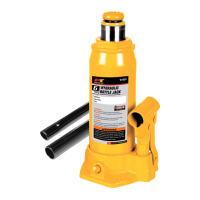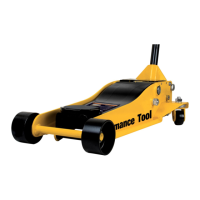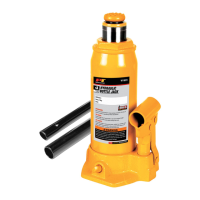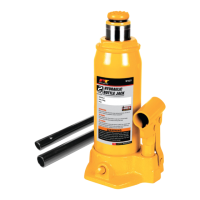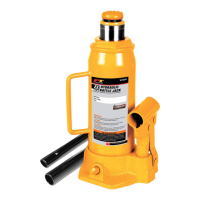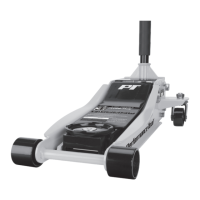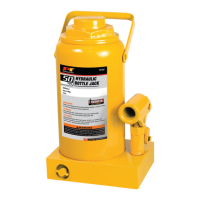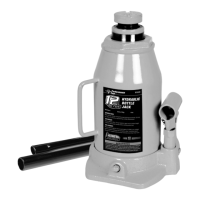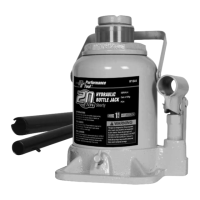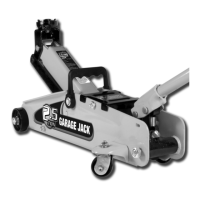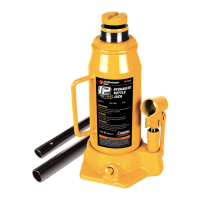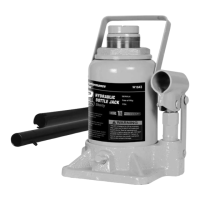TO RAISE:
1. Park vehicle on a hard level surface safely
away from oncoming traffic.
2. Turnoffthevehicle’sengine.
3. Placethevehicle’stransmissioninPARK,if
equipped with an automatic, or in its lowest
gear, if equipped with a manual transmission.
4. Setthevehicle’semergencybrakeandblock
the wheels that are not being lifted.
5. Refertovehicleowner’smanualforproper
jacking procedures. Lift only on areas of
vehicle as specified by manufacturer.
6. Make certain that load is centered on saddle.
7. Insert curved end of the speed handle into
screw rod. (See figure 1)
8. Unfold the speed handle and use one hand
to hold the front part of the handle while
using the other hand to slowly rotate the end
of the handle clockwise to desired height.
(See figure 2)
• If there is limited clearence on the side of
the car, the ratcheting wrench can be used.
(See figure 3)
9. ALWAYS support load with jack stands. (See
figure 4) Place jack stands of appropriate
capacity (not included) beneath the vehicle
at locations recommended by the vehicle
manufacturer. DO NOT get under the vehicle
without jack stands. Jacks are not designed
to maintain heavy loads for long periods of
time. DO NOT attempt to put jack stands
simultaneously under both ends of vehicle or
under one side of vehicle.
10.Slowly turn the handle counterclockwise until
the vehicle is supported by the jack stands.
NOTE: When using two jack stands, they must
be at the same height.
TO LOWER:
1. Remove all tools, parts, etc. from under the
vehicle.
2. Position the saddle under the lifting point.
Turn the handle firmly clockwise to raise the
vehicle slightly above the saddle(s) of the
jack stands. Then, collapse and remove jack
stand(s).
3. SLOWLY turn the handle counterclockwise
until the vehicle is on the ground.
4. Lower the jack completely. Then, store in a
safe, dry location out of reach of children.
Figure 2
Figure 1
Figure 4
OPERATION
Figure 3
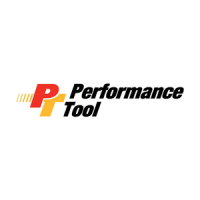
